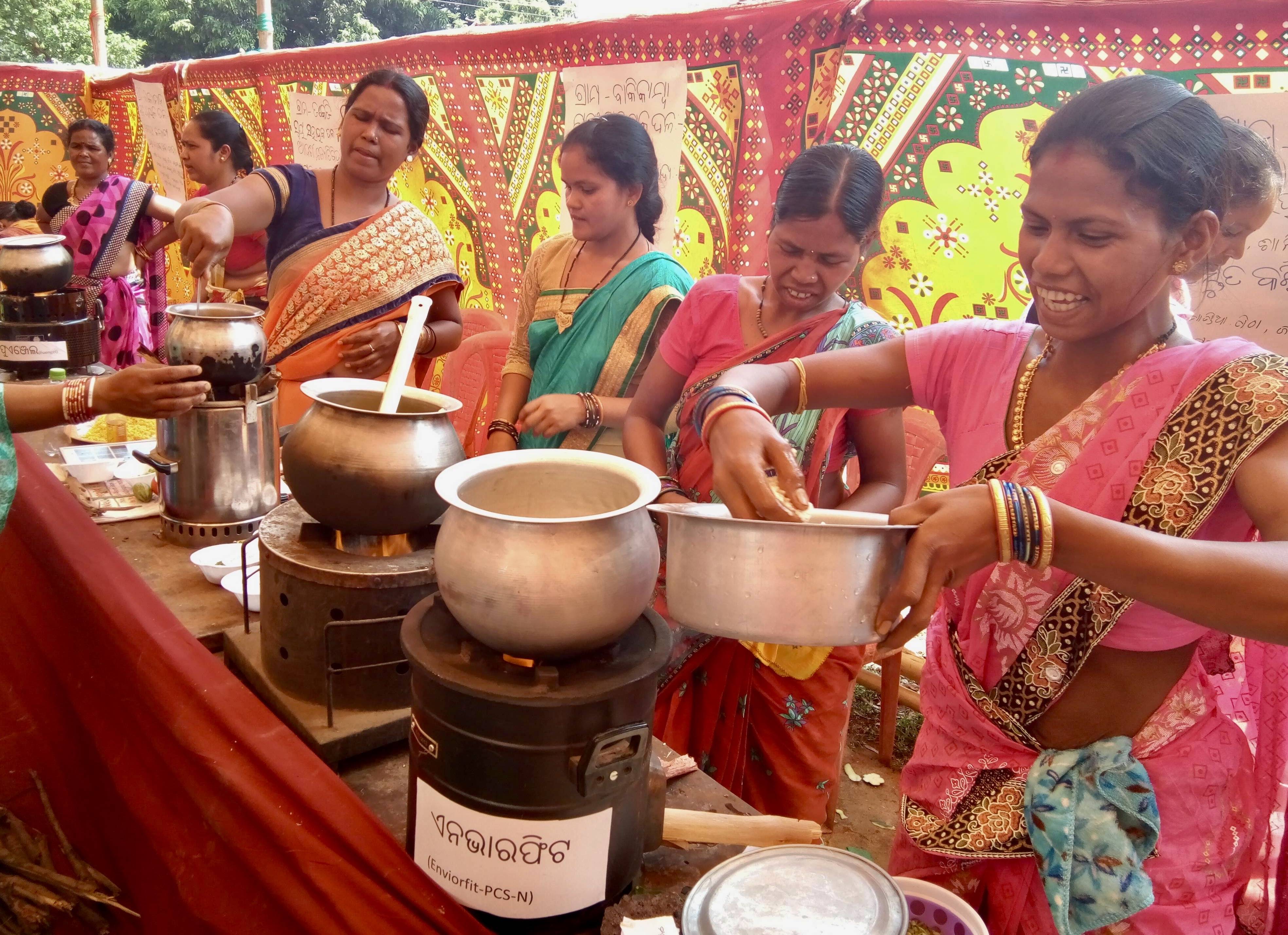
Cooking accounts for around 80% of the total household energy consumption in rural India. Biomass is the predominant cooking fuel, with firewood contributing to around 75% of cooking energy needs in rural areas. Fuel wood is the main forest produce used as energy source by Forest Dependent Households (FDHs) and, in the past few years, its use has notably increased. The skyrocketing demand for firewood, the shrinking of forest cover and limited access to forests due to the enactment of the Forest Rights Act (FRA) 2006, have brought FDHs to a severe firewood shortage. With a commitment towards achieving SDG 12, the Government of India has been pushing to provide clean cooking fuel to every household, prioritising Liquefied Petroleum Gas (LPG) as a cooking solution under Pradhan Mantri Ujjawala Yojana (PMUY). In 2019, this has turned the country into the world’s largest LPG consumer. Nevertheless, challenges persist in India’s most rural and disadvantaged areas where refilling charges are still high and lack of infrastructure makes it difficult for FHDs to adopt LPG.
The EU SWITCH-Asia funded project "Evolving a Women-centred Model of Extension of Improved Cook Stoves for Sustained Adoption at Scale" was implemented in the states of Odisha and Chhattisgarh, India to evolve a women centric adoption approach towards Improved Cook Stoves (ICS). The main aim was to address the demand for cleaner cooking energy access, following the principles of accessibility, affordabilityand availability in a context where majority of the population is made up of poor people (45% in Chattisgarh and 36% in Odisha) and tribal communities (31% in Chattisgarh and 23% in Odisha). These communities are largely forest dependent.
From 2016-2019, CARE India and CARE France have worked directly with 10,000 women form FDHs, 200 women collectives known as Sustainable Household Energy (SHE) Schools and 200 men form FDHs in 107 villages of 3 districts – Jashpur in Chhattisgarh, Kandhamal and Kalahandi in Odisha. The project has engaged and influenced around 100 ICS Value Chain (VC) actors with the aim to strengthen the value chain and make it inclusive through the participation of women entrepreneurs. It has also facilitated the adoption of 4,300 ICSs in targeted areas and has been instrumental in awareness raising on Household Air Pollution (HAP) through door-door to campaigns and learning sessions conducted at the SHE Schools. A training curriculum on sustainable cooking practices while preserving environmental and forest resources has also been developed.
Switching from traditional cook stoves to LPG requires a long jump on the development ladder; a jump that poor households are still not equipped to make. Accessible, affordable and available Improved Cook Stoves could provide an interim solution until all Indian households can access clean cooking fuel, said Sagar Kumar Mahapatra, Project Manager, CARE India.
The project has facilitated the transition from polluting traditional cook stoves (TCS) to improved cook stoves (ICS) and was instrumental to creating a community level women- centric platform of Sustainable Household Energy (SHE) Schools. SHE School is a collective of 20 to 30 women led by a SHE Champion, and comprising mostly of local Self- help group (SHG) members committed to develop a women-centric ICS extension model. The project has operated with 200 SHE-Schools in Odisha and Chhattisgarh. The knowledge of both women and men has been strengthen on clean and efficient cooking technologies and fuels, while taking into account their existing cooking practices, available forest resources, and local cultural practices. The sessions also accelerated the process of gender-neutral decision making at the household level.
SHE-Schools shortlisted the most economically viable ICS options to test. Cooking tests have been standardised (following the SHE-School curriculum) and women have been educated on the benefits of using ICS models. Qualitative and quantitative data was also collected and will be used to inform the choice of the most suitable ICS models to adopt at the household level. The project also created a pool of micro entrepreneurs who worked closely with SHE-Champions to bring in the business acumen of ICS as product. Frequent Buyer-Seller-Meets were organised for ICS entrepreneurs and manufacturers to demonstrate their innovative products along with their financing models and engage directly with the community.
Project Achievements in a Snapshot
- More than 4,300 households have adopted ICS;
- Capacity development programmes have been conducted in 200 Schools;
- Training curriculum for SHE-Champions, SHE Schools and members, and entrepreneurs has been developed and implemented;
- 400 Self-help Groups or estimated 4,000 people, majority of which are women, are engaged in the project;
- 10 (5 out of which are women) ICS entrepreneurs have been promoted;
- 10 (5 out of which are women) ICS technicians have been trained and certified by the Government of India.
Lessons Learned
Cooking practices are driven by the community’s socio- economic, cultural, environmental and food habits. During its inception phase, the project faced numerous challenges, especially in its attempt to shift people’s paradigms, beliefs and behaviours. FDHs gradually started to accept ICS when they were exposed to risks associated with traditional cooking stoves, in particular those related to negative health, environmental and economic impacts. Cooking is usually deemed as a no cost (except the food cost) driven activity in the FDHs. Opportunity cost and drudgery are not calculated in terms of money or are not aligned as a cause of financial loss over frequent or periodic health expenses. Economic factors and high cost of the technology represent a major element influencing ICS adoption since many of the households do not often indulge in cash economy. Challenges also depended on the change of seasons (monsoons) and fluctuating availability of fuel. To overcome these challenges, the project designed the SHE school curriculum, involved local entrepreneurs and financial institutions as value chain actors to develop customised financial packages for the adoption of ICS, and established an affordable ICS Pay-As-You-Go (PAYG) model.
Through capacity building programmes conducted by this project, women collectives and SHE-Champions have strengthened their skills and gained increased knowledge to voice out their concerns and prepare their proposals in clean cooking energy polices and programme dialogues. Their credibility has also increased and both women collectives and ICS VC entrepreneurs are now able to plan their funding or access financial institutions and ICS credit products to continue their activities in a more sustainable way. Moreover, engaging both women and men in the project and educating the latter on clean cooking practices was an important factor to ensure the long-term sustainability of the action.
Contributing to Sustainable Development Goals
By ensuring use of clean cooking technologies that offset use of traditional, polluting stoves and fuels, the project has contributed to the achievement of several SDG goals, in particular SDG12 and climate mitigation. It has done so through a significant reduction of biofuel consumption among forest dependent households (FDH). Moreover, regular use of ICS at the FDHs have safeguarded the forest and, collection of significant amounts of fuel wood for cooking has also been reduced.
The project has also contributed to the achievement of SDG3: Good Health and Well Being by significantly reducing household air pollution (HAP); SDG 5: Gender Equality by targeting both women and men in the action and ensuring women would take part in decision- making processes; SDG 7: Affordable and Clean Energy – using agri-waste briquetting as fuel in the ICS, has opened a new avenue for clean cooking energy fuel source. Innovative financial models have largely contributed to the adoption of cleaner improved cook stoves. SDG 8: Decent Work and Economic Growth – creating a network of clean energy micro-entrepreneurs (ME). SDG 9: Industry, Innovation and Infrastructure – the project has drastically reduced forest dependency for firewood, one of the main sources of deforestation. Finally, less carbon emissions from ICS have contributed to reducing negative climate impacts, hence working towards the achievement of SDG 13: Climate Action.
SHE Champions
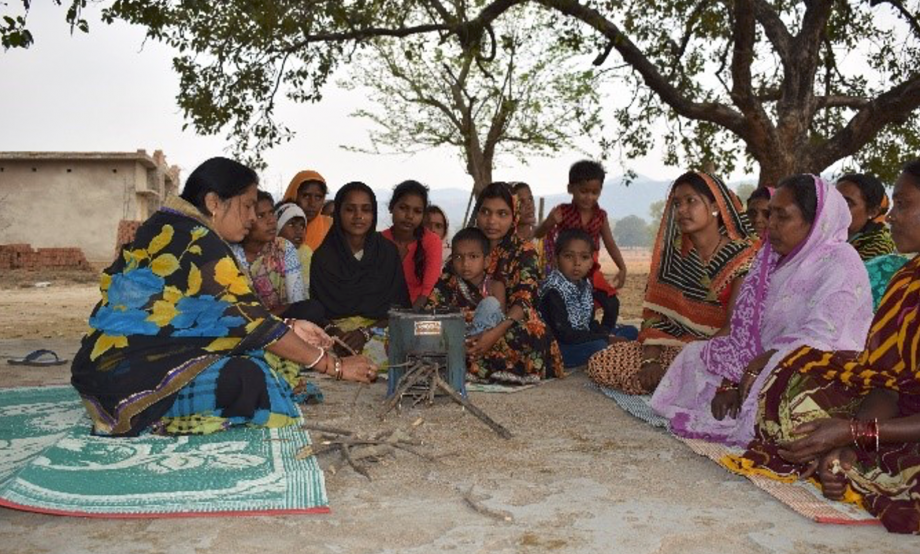 Santoshi Bande is a 45 years old resident of Chitkwain Village of Jashpur district in Chhattisgarh, India. Her husband is a teacher in a primary government school. Due to the secured income of her husband, she can prepare her household meals using Liquefied Petroleum Gas (LPG). But, majority of households in her neighbourhood still cannot afford (LPG). Those women use traditional cook stoves.
Santoshi Bande is a 45 years old resident of Chitkwain Village of Jashpur district in Chhattisgarh, India. Her husband is a teacher in a primary government school. Due to the secured income of her husband, she can prepare her household meals using Liquefied Petroleum Gas (LPG). But, majority of households in her neighbourhood still cannot afford (LPG). Those women use traditional cook stoves.
For Santoshi, seeing the smile of her friends while cooking and socialising is the greatest joy. This is the reason why she chose to motivate other women in her village to adopt improved cook stoves. She could not stand seeing her friends travelling long distances to the forest to collect firewood every alternate day, cooking with teary eyes in smoke filled kitchens, and struggling hard to clean the blackened utensils.
When a Sustainable Household Energy School was established in the village, Santoshi chose to be one of the first to join. By participating in the SHE School sessions, she decided to learn about ICS and share her learnings with others. Since then, she became a strong advocate of ICS in her village.
“Taking a step forward requires a lot of courage and time. Attending the SHE School has equipped me with the knowledge and skills to persuade other women and their families to bring ICS home for a healthier cooking experience. I am thankful to my husband for supporting me. Sometimes, my husband also attends the SHE School sessions and project events and that’s how he has acquired the right information to speak confidently among villagers on the benefits of cooking with improved cook stoves”, says Santoshi.
In spite of the great efforts needed to educate community members on household air pollution, the adverse health impacts of cooking in traditional cook stoves, and the impacts of climate change, Santoshi takes pride in having motivated more than 25 households to adopt ICS. A few households have also purchased ICS as gifts for their relatives. The journey towards more sustainable consumption and production practices continues.
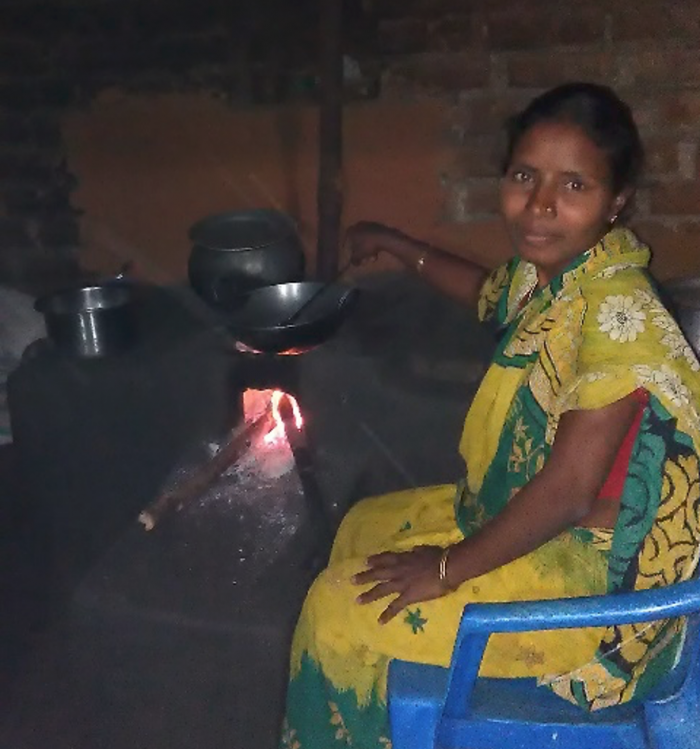 In a widow’s story of love, loss, and renewal Dianne Dettmann says, “I realised, it is not time that heals grief, but what we do with our time that creates positive change.” The plight of widows transcends the borders of geography and culture. The importance of time in the life of a widow in the United States or any other country in the world, is not different from that of an Indian widow in the Sikerguda village of Odisha. Prabhasini is a farmer who had to take on several responsibilities after her husband’s death. Time did not heal her, but an improved cooking stove in her kitchen was a source of inspiration and a game changer in her life.
In a widow’s story of love, loss, and renewal Dianne Dettmann says, “I realised, it is not time that heals grief, but what we do with our time that creates positive change.” The plight of widows transcends the borders of geography and culture. The importance of time in the life of a widow in the United States or any other country in the world, is not different from that of an Indian widow in the Sikerguda village of Odisha. Prabhasini is a farmer who had to take on several responsibilities after her husband’s death. Time did not heal her, but an improved cooking stove in her kitchen was a source of inspiration and a game changer in her life.
With more free time available, Prabhasini teaches her child twice a day, goes to the field a hour in advance in the morning for cultivation, engages in additional income generating activities and actively participates in community life. In addition to farming, she is engaged in the collection of Non-Timber Forest Products such as kendu leaves, mahua, and vegetables and mushrooms cultivation. With the formation of the ‘Pragati’ self-help group, she is viewed by her village as a public influencer. Women who have joined Pragati were able to purchase the portable model of an improved cooking stove, and are advocating for the adoption of clean cooking energy technologies to reduce health risks and improve livelihoods.
“BACHAT – the name of this SWITCH-Asia CARE India initiative, translates into saving. This is exactly what improved cooking stoves have done for our village women. They have saved our lives, our time, our energy and resources. Becoming an active agent of change in the community has also brought me renewed strength and hope”, says Prabhasini.
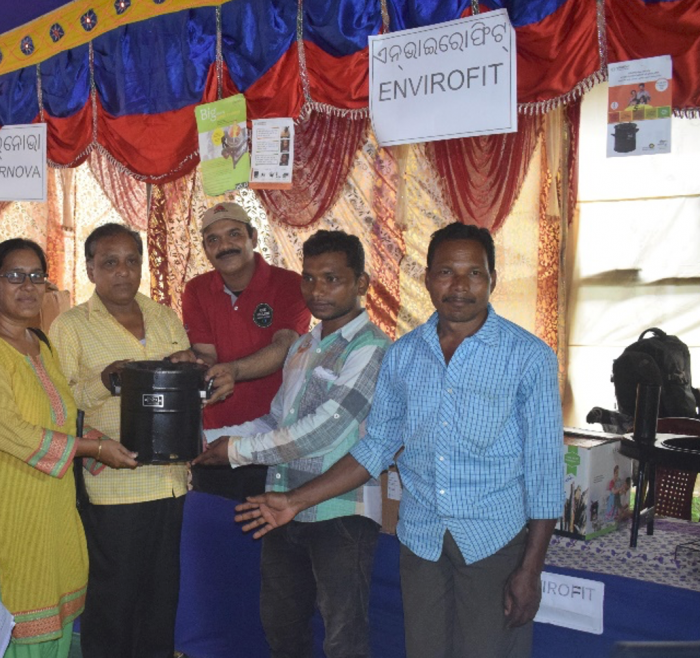 Consumption of traditional sources of energy, like firewood, negatively affects the growth and health of girls and women and exposes them to many health hazards. One village where this problem is quite evident is the Podapada village, situated in the Phiringia block of the Ratanga Gram Panchayat in Kandhamal, home to approximately 107 families.
Consumption of traditional sources of energy, like firewood, negatively affects the growth and health of girls and women and exposes them to many health hazards. One village where this problem is quite evident is the Podapada village, situated in the Phiringia block of the Ratanga Gram Panchayat in Kandhamal, home to approximately 107 families.
Ramesh Sahu is a businessman who runs a small grocery shop to support his family of five. He believes that collection of firewood is a physically strenuous task, one which puts the security of the women in his family at risk. This is what led him to join the SWITCH-Asia BACHAT programme implemented by CARE India. Ramesh learned about the benefits of using improved cooking stoves, energy efficiency and saving. At the Buyers-Seller Meet, he bought 2 ICS for his household and gradually started engaging in conversations around healthy cooking and living practices in his village.
As the first man in his village to adopt ICS, Ramesh has set an example for other community members to seriously consider the well-being of women in their families. Even though this project focused on women empowerment and leadership, it also identified men as change makers in the transition towards clean energy practices. “Change is possible in many ways, and every change has a starting point. One ‘stove’ at a time, we will achieve a greater impact for the well-being of our community”, Ramesh explains.
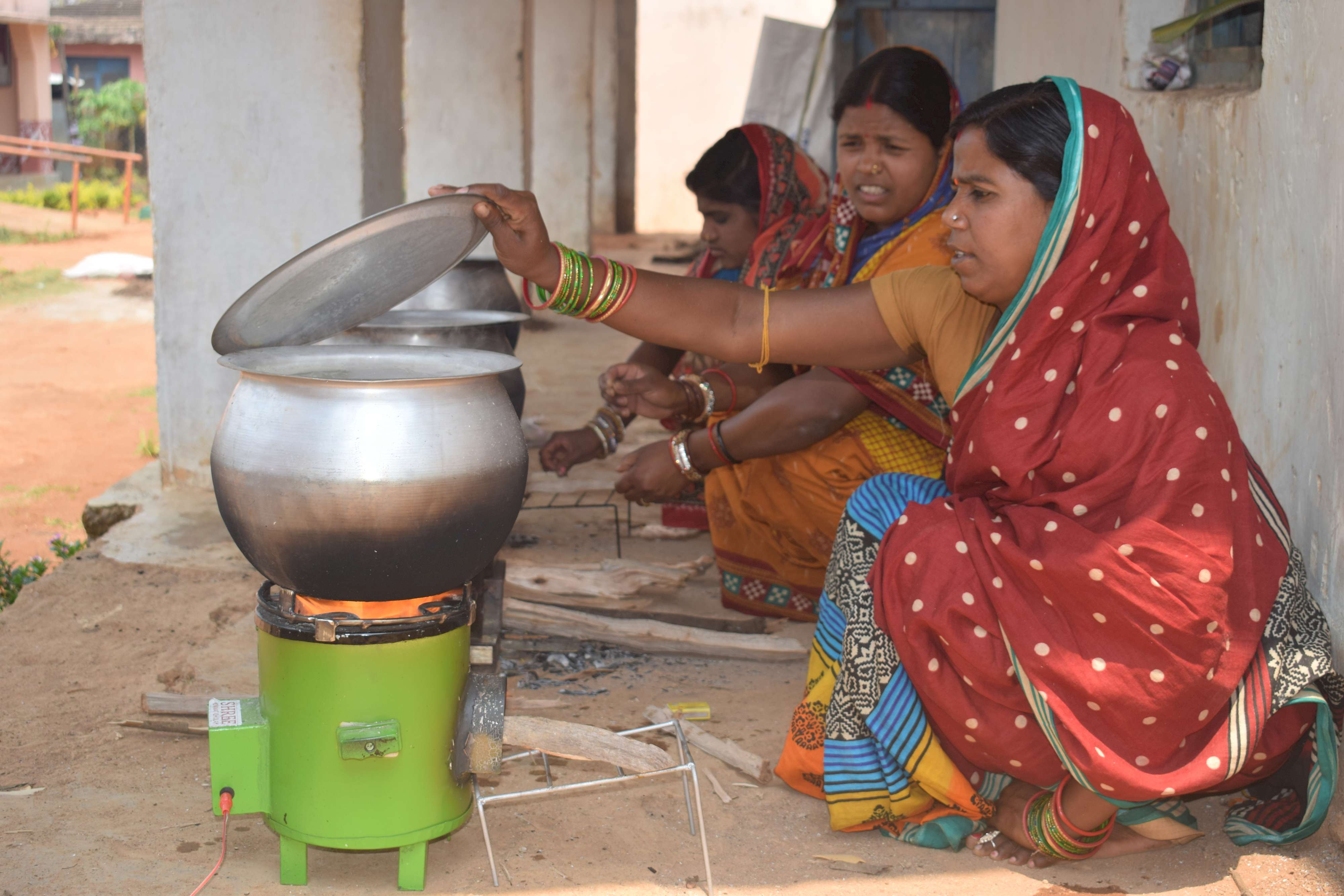
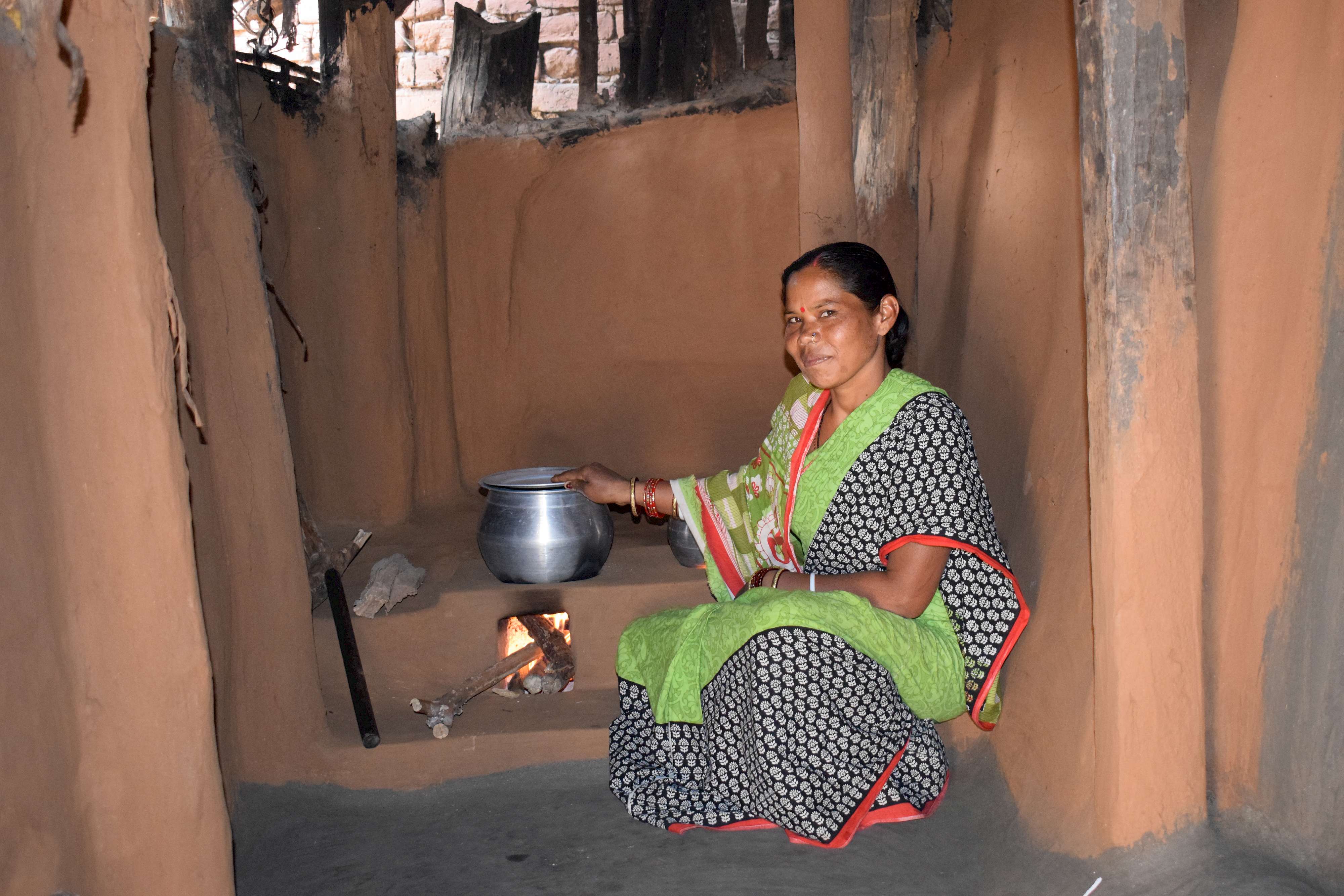
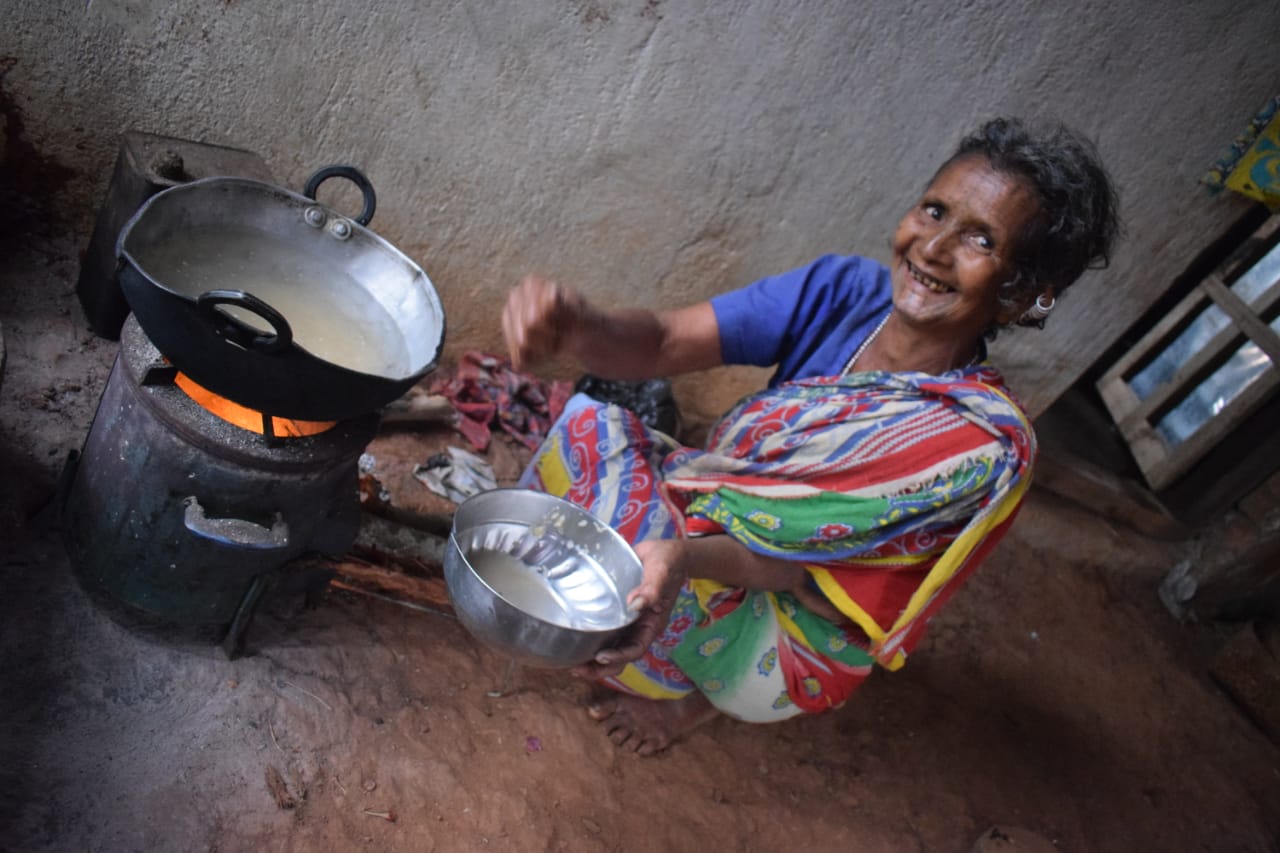
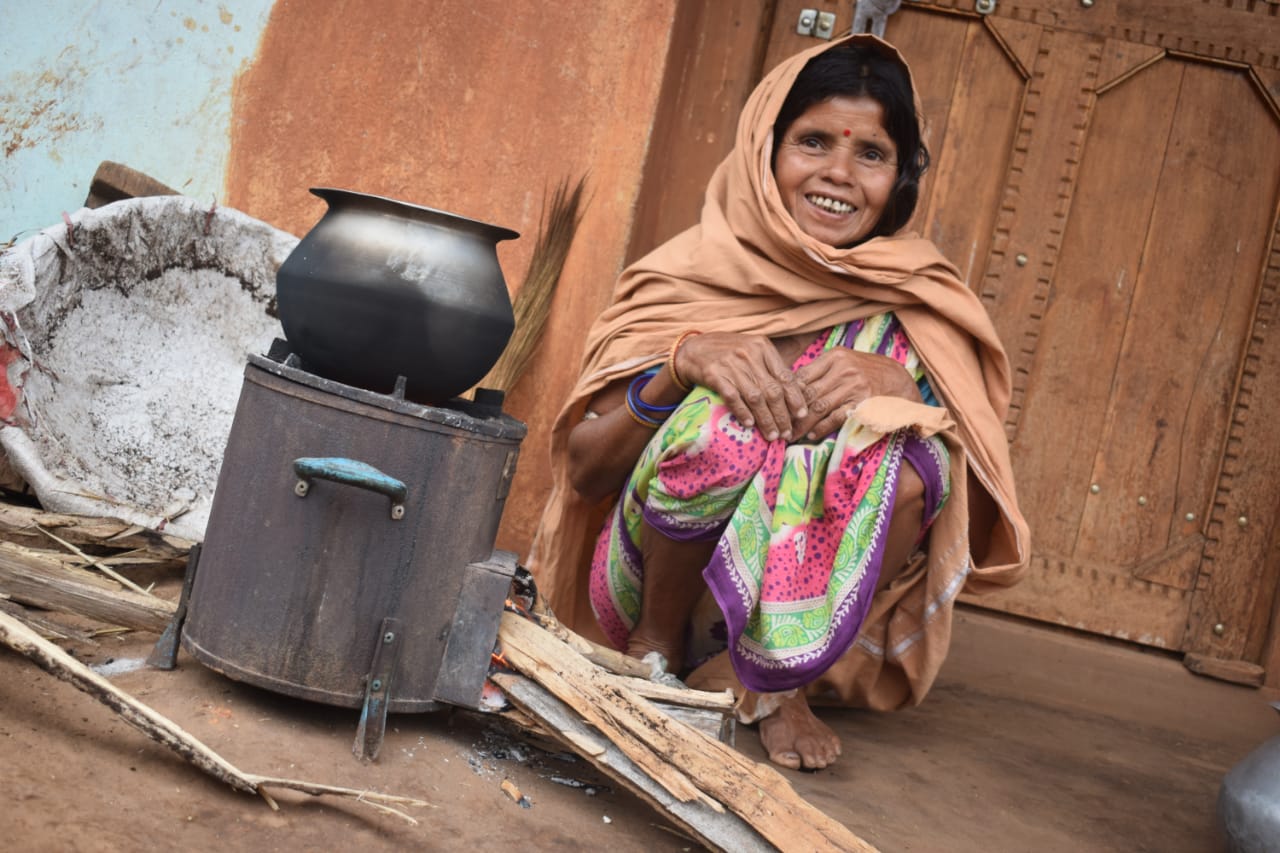
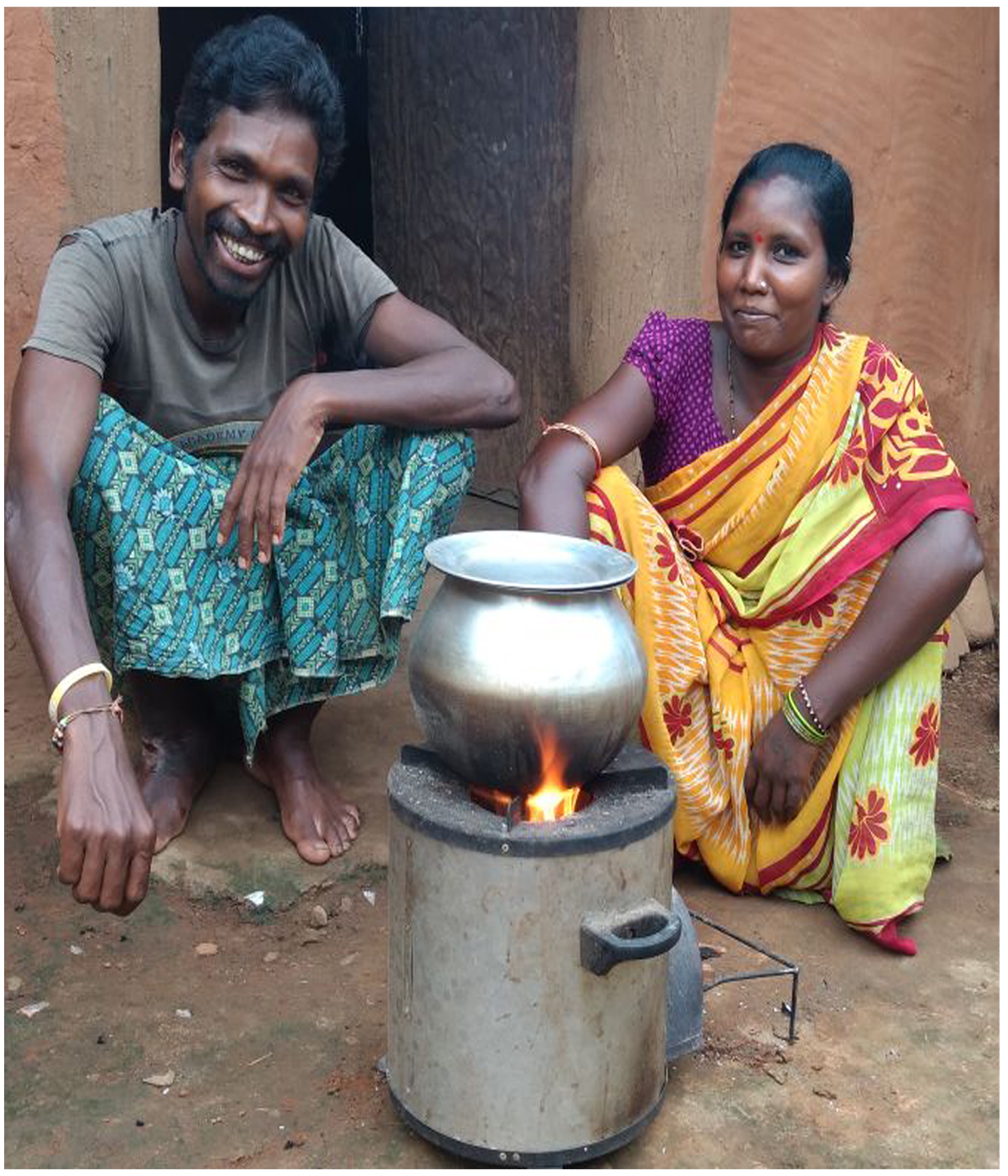
Photo credit: CARE India, EU SWITCH-Asia Evolving a Women-centred Model of Extension of Improved Cook Stoves for Sustained Adoption at Scale
Also featured on DG International Partnerships (INTPA)



